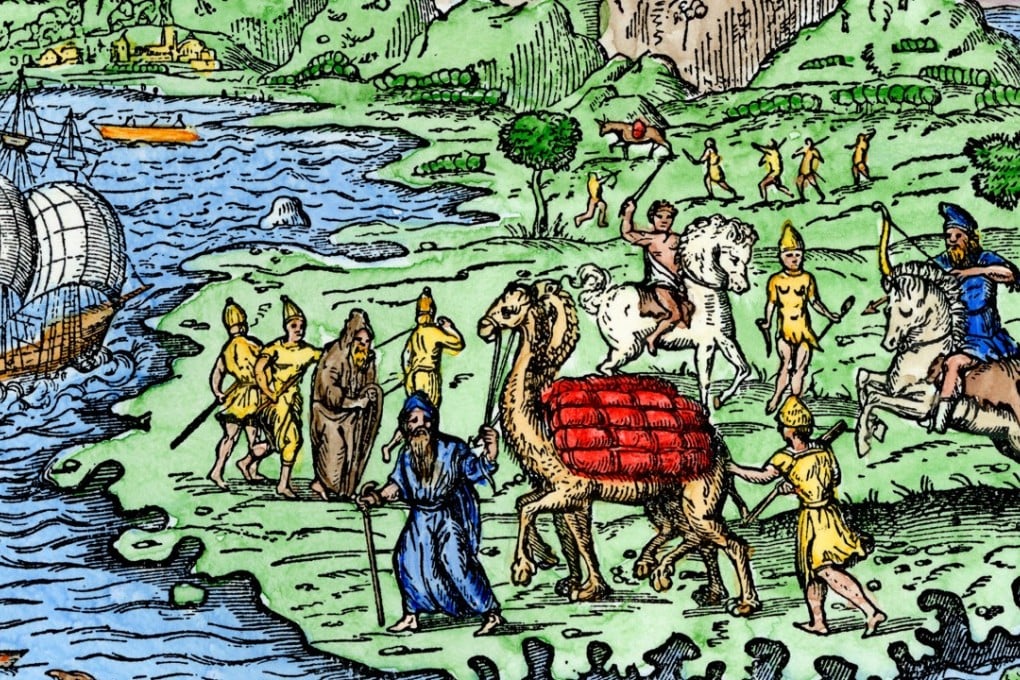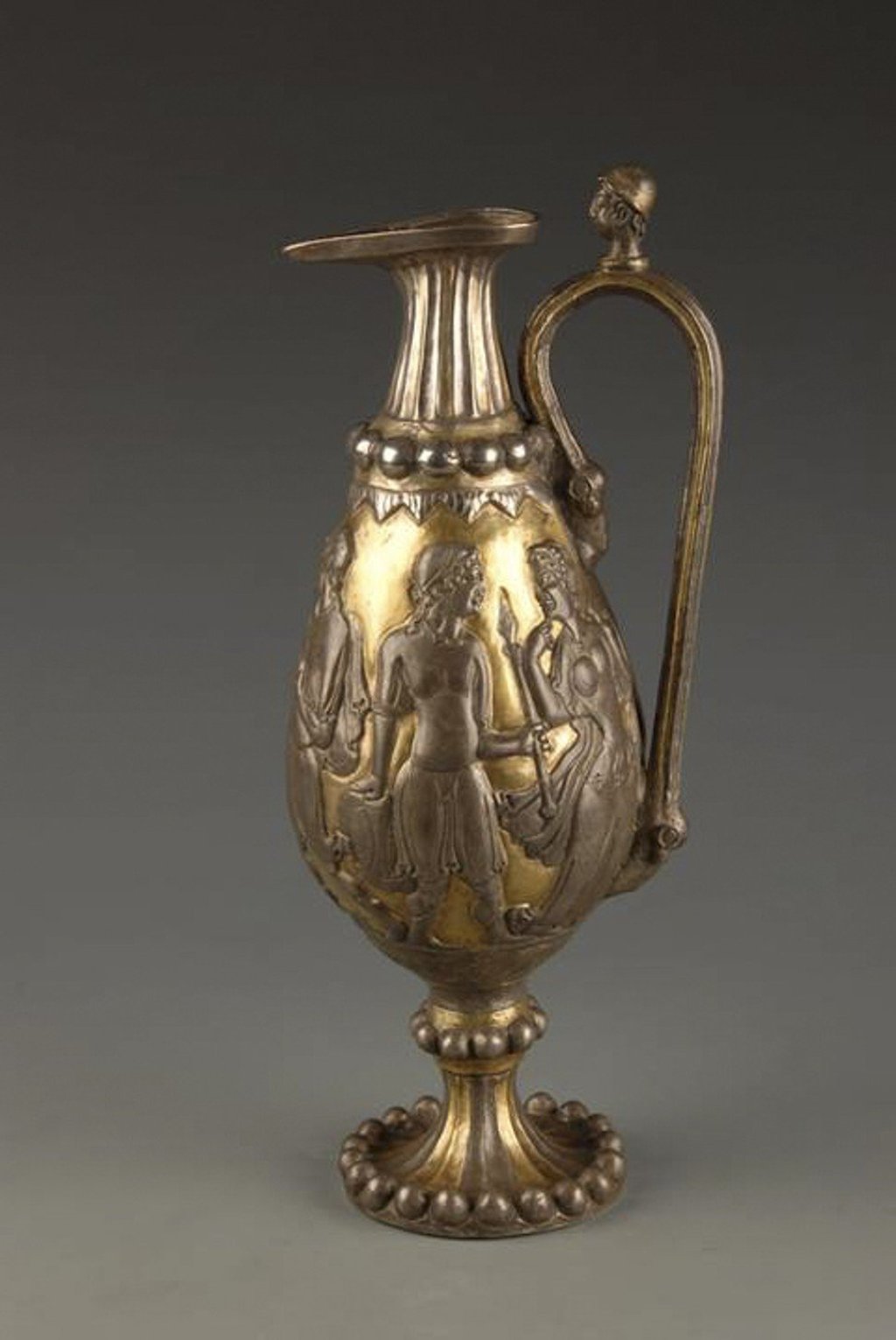Centuries-old silver jug conjures up mysteries of the Silk Road
Stretching from the Roman empire to Asia, the ancient trade route lured invaders, migrants and merchants to China, and left artefacts rich with multicultural meaning

In promoting its “Belt and Road Initiative” – an ambitious plan to open new markets for China by building logistics and trade infrastructure from Asia to Europe and Africa – Beijing has drawn parallels with the fabled Silk Road, which operated between the three continents from roughly 200BC to 1400.
But, as a matter of history, the Belt and Road is completely different to the Silk Road. In fact, there was no actual Silk Road, which is a label in widespread use only since the late 20th century that refers variously and imprecisely to long-distance trade and interactions across Afro-Eurasia.
The Silk Road was never a formal network directed by one state power, as the Chinese propose with Belt and Road. There were numerous mutable trading networks, some dealing in silk, raw and woven, and others not. Some started in China or Rome, some in Central Asia, India or Africa, and many other places. Journeys were made by sea, river and land, or by all three.
Sometimes governments were involved in trade, sometimes private traders, and sometimes it was both.
Despite these ambiguities, the Silk Road should not be dismissed as a concept. The Silk Road has acquired a familiarity that has real value, because it has brought regions that are rarely covered in modern historical writing to greater prominence and accessibility. As a result, the term’s growing popularity has encouraged a more global historical viewpoint.
Central to the idea of the Silk Road is the interaction across boundaries, be they chronological, geographical, cultural, political or imaginary. Those interactions, and the effect they had on individuals and their cultures, are the Silk Road’s real legacy, especially since the vast majority of objects of the Silk Road – everyday and luxury, traded or not – disappeared long ago.
